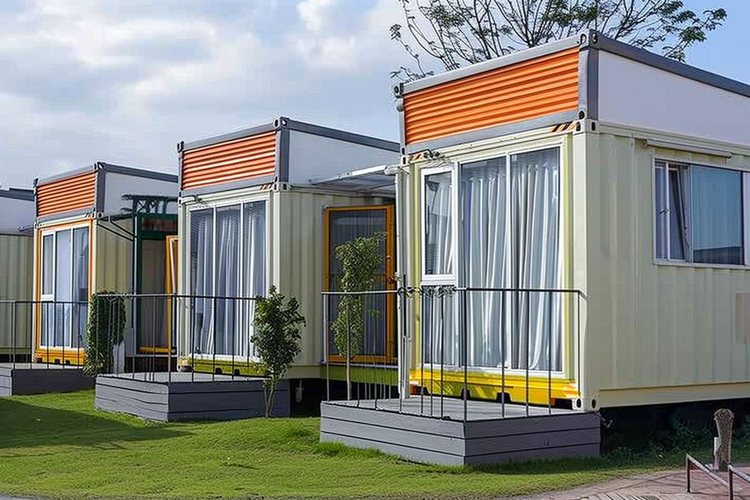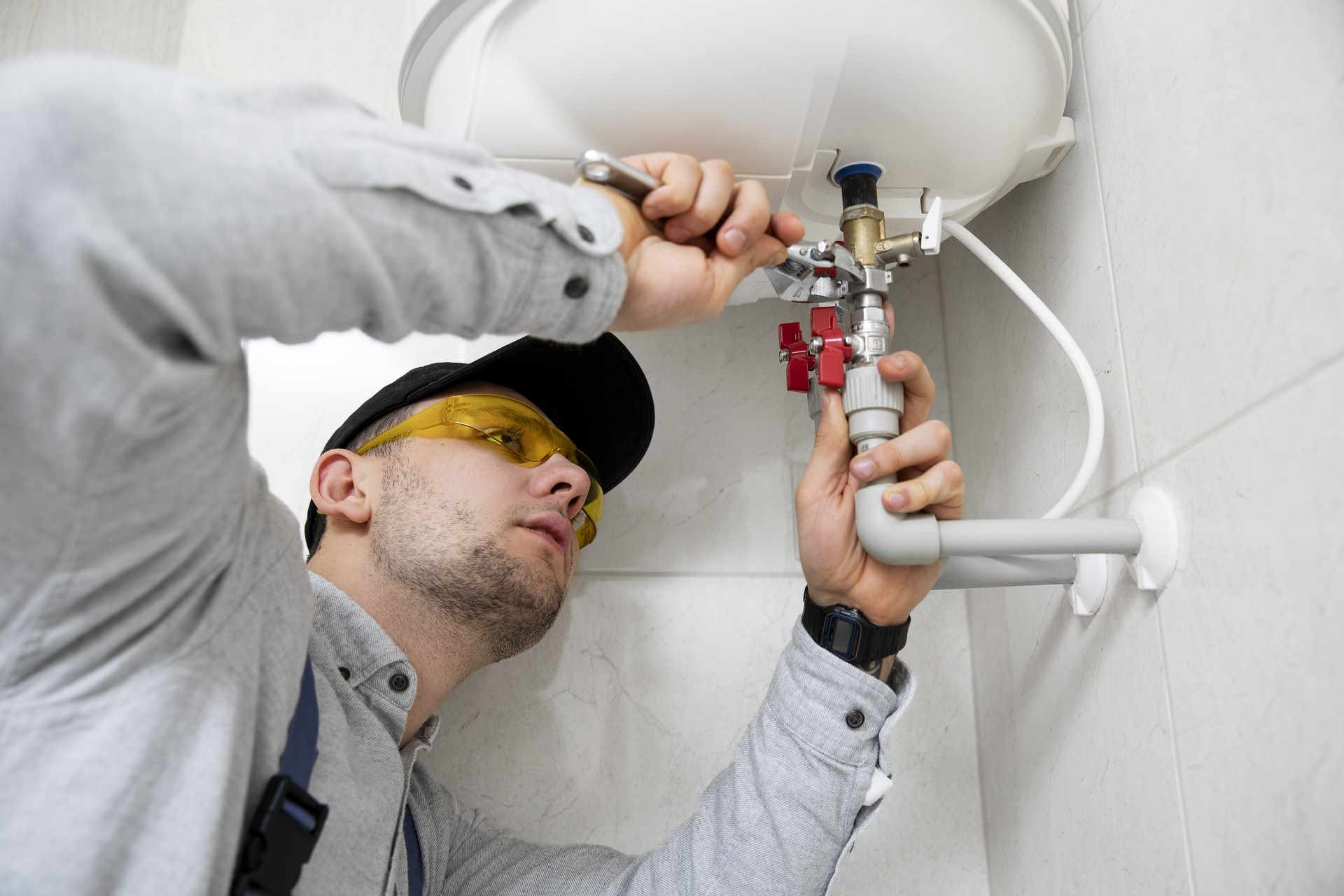Capsule Homes: A Guide On Ordering Capsule Homes From China To Your Doorstep
Capsule homes are becoming a popular choice for people seeking compact, modern, and cost-efficient living solutions. With the rise of international suppliers, ordering directly from a China factory has made access to innovative housing more straightforward than ever. In this guide, we explore how a modular house can be sourced, customized, and delivered, giving you insights into the process of bringing a capsule home from production to your doorstep.

Why Capsule Homes Are Gaining Global Popularity
Capsule homes have experienced a surge in global demand for several compelling reasons. First, they address the growing housing affordability crisis affecting many regions worldwide by offering lower-cost alternatives to traditional construction. Their space-efficient design caters to the minimalist lifestyle trend, particularly appealing to young professionals and urban dwellers with limited space requirements.
The sustainability factor also drives their popularity, as many capsule homes utilize eco-friendly materials and incorporate energy-efficient systems. Their modular nature allows for customization and future expansion, providing flexibility that conventional housing often lacks. Additionally, the rapid deployment capability makes them ideal for emergency housing, remote work spaces, tourism accommodations, and addressing housing shortages in densely populated areas.
How China Factories Produce and Export Modular Houses
Chinese manufacturing facilities have perfected the art of mass-producing quality modular housing through advanced assembly line techniques. The process begins with design and engineering, where computer modeling creates detailed plans that optimize both functionality and shipping logistics. Raw materials—primarily steel frames, insulation materials, composite panels, and internal fixtures—are then transformed through standardized production procedures.
Quality control measures are implemented at various stages, with both automated systems and manual inspections ensuring structural integrity and adherence to international building standards. The modular components are designed for efficient flat-pack shipping, significantly reducing transportation costs compared to fully assembled structures. This approach allows factories to serve global markets while maintaining competitive pricing.
China’s manufacturing advantage stems from several factors: economies of scale that reduce per-unit costs, established supply chains for raw materials, advanced manufacturing technologies, and extensive experience in adapting designs to meet various international building codes and regional preferences.
Steps to Ordering and Receiving Your Capsule Home
Research and Supplier Selection
Begin your capsule home journey by thoroughly researching potential manufacturers. Look for companies with established export experience, preferably those who have previously shipped to your country. Request detailed product catalogs, sample materials, and references from previous international customers. Verify their certification compliance—particularly structural safety standards that will meet your local building regulations—before proceeding.
Design Specification and Customization
Once you’ve selected a supplier, work closely with them to specify your exact requirements. Most manufacturers offer base models that can be customized for size, layout, materials, fixtures, and special features like solar panels or smart home systems. Ensure all specifications are documented clearly in writing, including detailed measurements, material qualities, electrical requirements, plumbing fixtures, and insulation values.
Pricing, Payment, and Contract Terms
Negotiate comprehensive pricing that includes the modular unit, customizations, packaging for shipping, and any technical support for assembly. Standard payment terms typically involve a 30-50% deposit with the remaining balance due before shipping. The contract should clearly specify warranty terms, quality guarantees, delivery timeframes, and dispute resolution procedures.
Shipping Logistics and Import Considerations
Modular homes are typically shipped via standard shipping containers or flat-pack arrangements. Work with your supplier to determine the most economical shipping method based on your location and unit size. You’ll need to arrange for import duties, customs clearance, and transportation from the port to your building site. Many countries have specific regulations regarding imported building materials, so consult with a customs broker familiar with construction imports to navigate these requirements effectively.
Site Preparation and Installation
While awaiting delivery, prepare your building site according to the manufacturer’s foundation specifications. This typically involves creating a concrete slab or pier foundation system designed to support your specific modular unit. Arrange for local contractors to handle utility connections—plumbing, electrical, and sewage—in advance of the unit’s arrival. Depending on the complexity of your capsule home, you may need to hire professional installers or request technical assistance from the manufacturer.
Cost Considerations for Importing Capsule Homes
The financial aspects of importing a capsule home from China involve several components beyond the base unit price. The module itself typically ranges from $10,000 to $50,000 depending on size, design complexity, and material quality. Shipping costs vary significantly by destination—generally between $3,000 and $8,000 for standard container shipping to major ports. Import duties and taxes can add 5-25% to the total cost, varying widely by country.
| Cost Component | Typical Range | Factors Affecting Cost |
|---|---|---|
| Base Module | $10,000-$50,000 | Size, design complexity, materials |
| Customization | $2,000-$15,000 | Extent of modifications, premium features |
| Shipping | $3,000-$8,000 | Distance, shipping method, fuel prices |
| Import Duties/Taxes | 5-25% of value | Destination country regulations |
| Site Preparation | $3,000-$10,000 | Foundation type, utilities access |
| Assembly/Installation | $2,000-$8,000 | Unit complexity, local labor costs |
Prices, rates, or cost estimates mentioned in this article are based on the latest available information but may change over time. Independent research is advised before making financial decisions.
Local permits and inspection fees constitute another expense that varies significantly by location. Additionally, site preparation costs depend on your land’s current condition, with factors like grading, foundation work, and utility connections potentially adding $3,000-$10,000 to the budget.
Navigating Regulatory and Quality Challenges
Importing modular structures requires careful attention to building code compliance in your destination country. Many jurisdictions have specific requirements regarding structural integrity, electrical systems, plumbing standards, insulation values, and fire safety features that may differ from Chinese manufacturing standards. Working with suppliers who have experience exporting to your region can help ensure compatibility.
Quality assurance presents another challenge when purchasing internationally. Requesting material samples, detailed specifications, and third-party inspection reports helps mitigate these risks. Some buyers hire independent quality control agents to inspect units before shipping, while others arrange virtual factory tours during production.
When factoring total costs, comparing against local construction options often reveals significant savings despite shipping and import expenses, particularly for smaller to medium-sized structures. The prefabricated nature also reduces on-site construction time, providing further economic advantages through faster occupancy.




